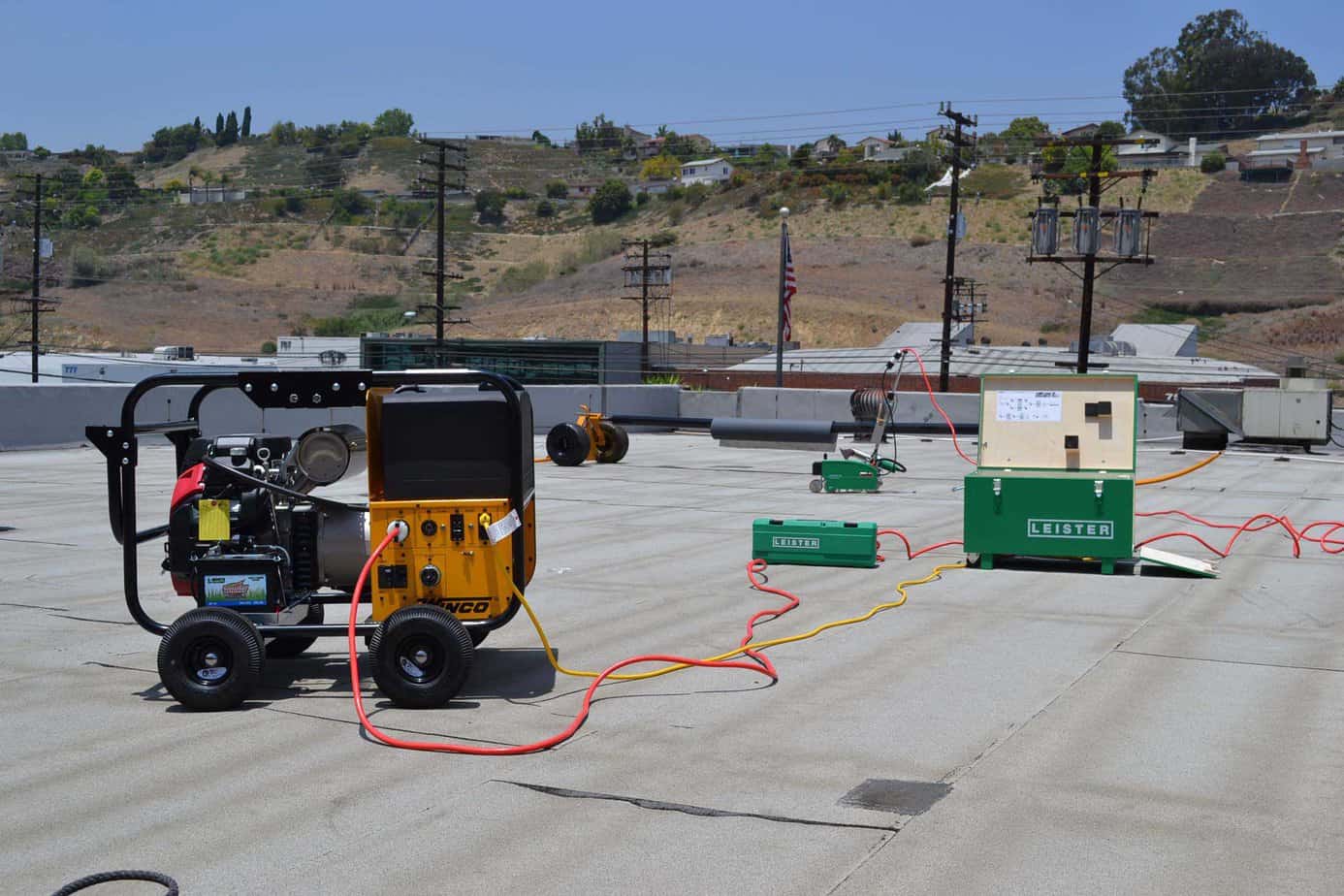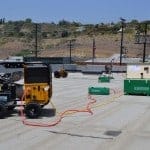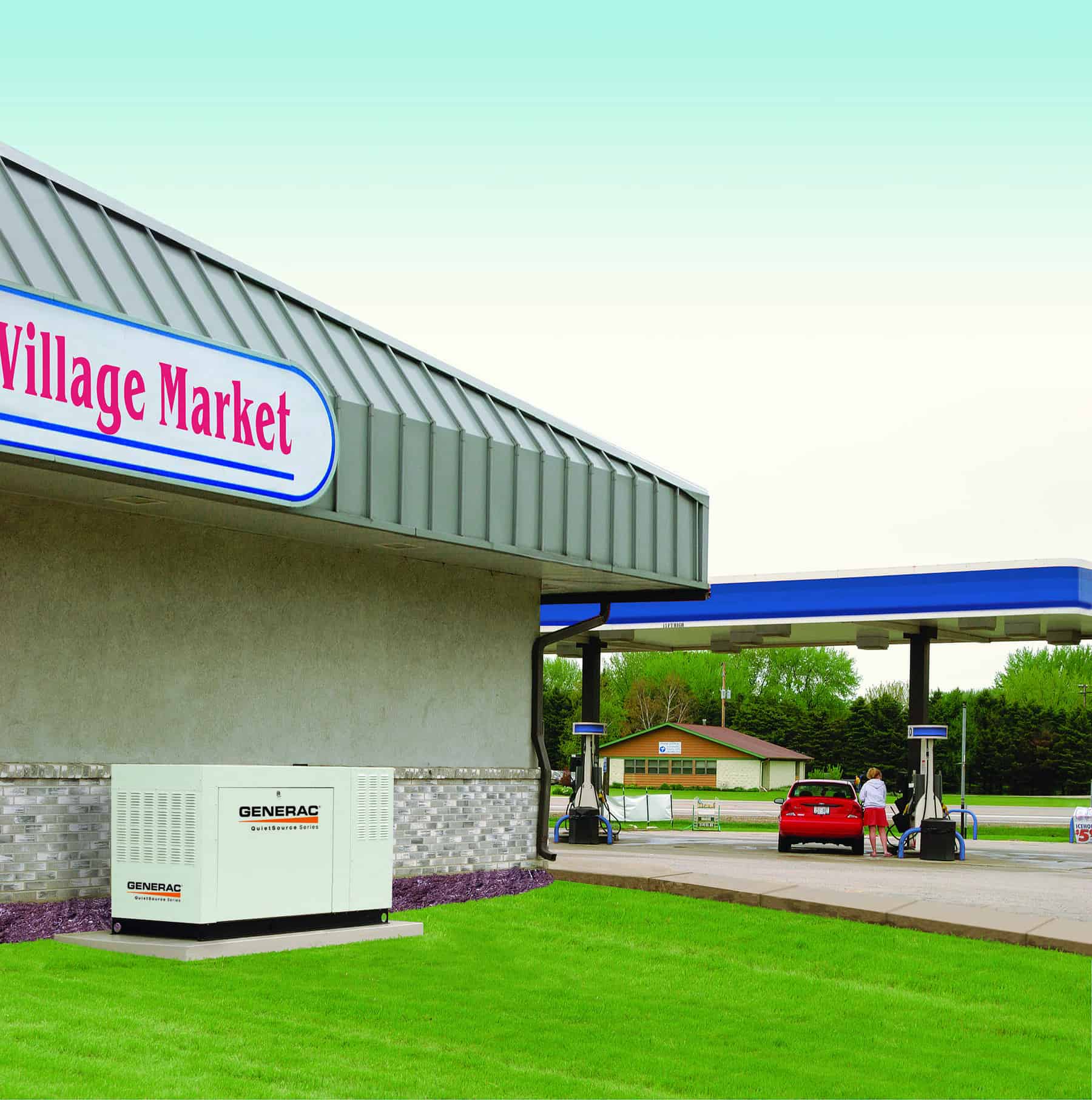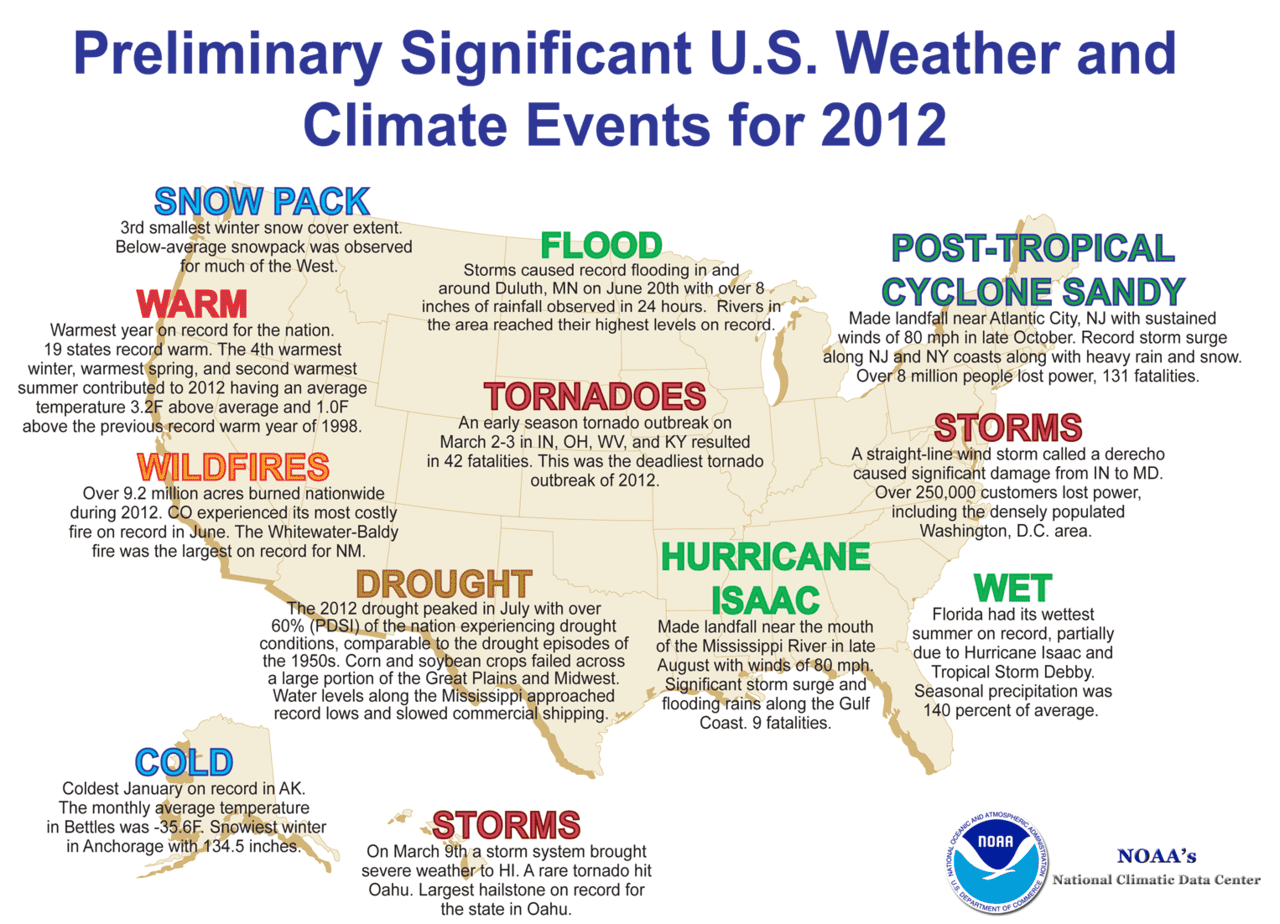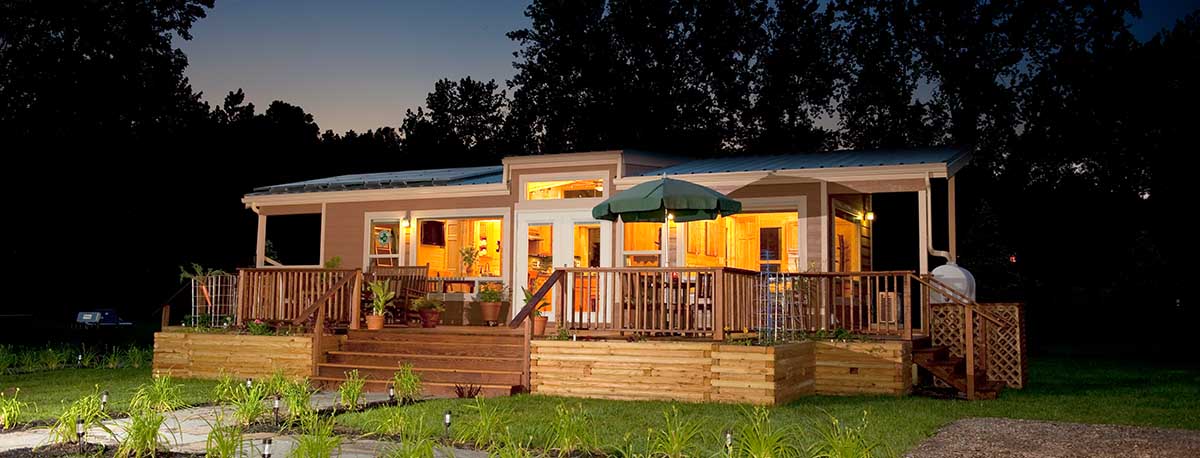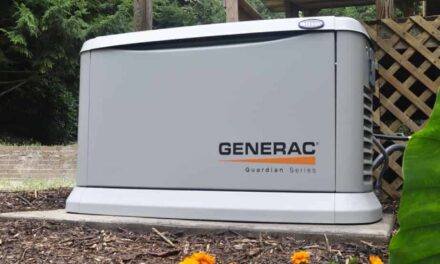One area of concern for homeowners is the storage of fuel for portable generators. During an extended outage, even a moderately-sized generator can deplete stored gasoline supplies quickly. Some communities also limit the amount fuel that homeowners may store. Hunting for a place to buy gasoline is the last thing you want to do when your supply is running low.
One option is the permanent installation of a standby generator. These units connect to the home’s natural gas supply or LP gas tank. The natural-gas-supply infrastructure can provide an almost unlimited supply of fuel. LP gas in 500 gallon tank will run a 20kW generator for a week at full load.
Permanently installed standby generators don’t fit everyone’s needs, however. Some homeowners need or prefer to use a portable generator.
Maximizing Fuel Choices
Norwall Power Systems offers three generators from Winco Incorporated that can operate on natural gas, LP gas, or gasoline. Since most homes have either a municipal natural gas supply or an LP gas tank, operating a generator for an extended period of time is usually not a problem if the generator can use that type of fuel.
Winco Tri-Fuel Generators switch easily between gasoline, LP gas, or natural gas. Three different models supply a maximum of 6000, 9000, or 12,000 watts of power.
When an outage occurs, the generator sets up quickly to start supplying power and can run off LP or natural gas, or gasoline. During a short outage, for camping, or any other situation that requires electrical power, it is quick and convenient to run the generator off gasoline. For an extended outage, it is generally more economical to use the natural or LP gas supply.
Changing Fuel Types
Changing fuel types is fast and easy.
Disconnect the electrical load first.
Each fuel line has it’s own shut-off valve and there are different inlet ports for natural gas and LP gas. Keep the generator running and shut off the valve for the fuel type currently in use. The generator will continue to run until the fuel left in the line is depleted. Allow the generator to cool before continuing.
When the engine is cool, check and fill the oil if necessary.
To convert to gasoline, disconnect the LP or natural gas line and replace the plastic plug in the gas line inlet. Fill the tank with gas, but leave 1-inch of air space between the gasoline and top of the tank. Turn the gasoline shut-off valve to on and start the engine.
OR
To convert to either natural gas or LP gas, remove the plastic plug from the correct inlet and connect the gas line to the inlet. Turn the gas line shut-off valve to on. Start the engine.
Allow the engine to warm up before connecting the electrical loads.
Being Prepared
The safest and most convenient method of supplying power to a home with a generator is through a transfer switch. Standby generators use an automatic transfer switch; the generator starts and runs automatically without intervention and the power is typically off for just a few seconds. Portable generators such as the Winco Tri-Fuel models require a manual transfer switch. Once the homeowner connects and starts the generator, the transfer switch position is changed to allow the house to run on generator power instead of utility power.
Be prepared ahead of time and have a manual transfer switch installed so your portable generator can begin supplying the house with power in just a few minutes after an outage occurs.
Tri-Fuel Power
The 6000 watt Tri-Fuel can supply a continuous load of 5500 watts and a maximum load of 6000 watts for a very short period. The 9000 is rated at a continuous load of 8000 watts with a 9000 watt maximum. Continuous full load on the 12000 model is 10,800 watts and a 12,000 watt surge.
When operating on LP gas, the rated power drops by 10 percent. Natural gas operation de-rates the power output by 20 percent. This reflects the lower stored energy values of LP and natural gas and is typical of all engine-operated machinery.

